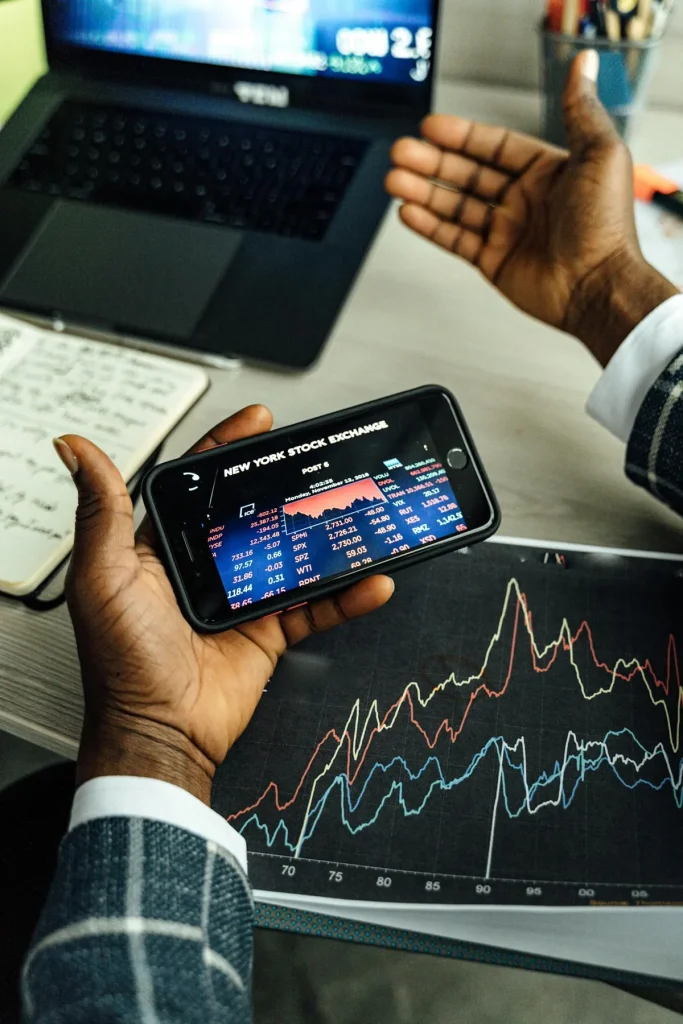
Trading is an uncomplicated way of participating in financial markets, but the entrance may be overwhelming. With all these asset classes, techniques, and risks to manage, beginners need a solid foundation prior to starting. Successful traders rely on information, self-control, and the ability to adapt to fit market needs. Regardless of whether the goal is to trade stock, forex, or commodities, finding out the basics can instill confidence and foster the potential for sustained profitability.
Familiarity with Different Types of Markets
Before making a trade, one needs to be familiar with the different markets available. The stock market allows investors to trade shares in publicly traded companies, and the forex market trades currency pairs and is marked by its liquidity. Commodity markets consist of commodities like gold, oil, and agricultural products, which can be used as an inflation hedge. The crypto market has been popular because it is volatile and can offer high returns. Every market is different, and one must select the appropriate one based on risk appetite, available capital, and desired trading objectives.
Formulating a Trading Plan
Having a well-formulated trading plan is crucial to long-term success. It dictates entry and exit strategies, risk management guidelines, and overall objectives. Unless a pointed plan leads traders, trading will be undertaken on the basis of emotional decisions and hence lead to losses. Proper planning entails the inclusion of factors such as position sizing, stop loss levels, and profit points targeting. It incorporates prevailing market conditions that keep the traders consistent despite rising erratic price action. Strategic planning makes a trader disciplined and avoids impulsive actions on the pretext of market gossip.
The Role of Technical and Fundamental Analysis
Both technical and fundamental analysis should be combined in order to obtain successful trading. Technical analysis involves price charts, patterns, and indicators like moving averages and RSI to predict future movements. Fundamental analysis observes economic data, earnings statements, and global events that influence the prices of assets. Although individual traders may stick to one form, combining the two can paint a better picture of the market. Understanding the advantages of every approach can help traders make more informed choices and feel less apprehensive when placing trades.
Capital Preservation through Risk Management
Risk management forms the foundation for sustainable trading. Without it, the best plan can fail. All that has to be avoided is risking too much on trade and making use of features like stop-loss orders to limit potential losses. Good risk management is also diversifying investments and not putting all the capital into a single investment. Traders utilize the 1% rule, risking only 1% of the account in a single trade. Maven Trading allows traders to manage risk and make better decisions so that they remain masters of their capital in the long term.
Choosing the Right Trading Platform
A reliable trading platform is required to execute trades efficiently. It should deliver real-time market data, fast execution times, and simple-to-use analysis tools. Some of them are made for beginners with simple interfaces, while others provide sophisticated features for professional traders. The foremost requirements to search for are charges, traded assets, and compatibility with risk management software. A platform that is compatible with trading objectives and strategy can simplify the entire process and render it more efficient. Testing different platforms on demo accounts can help the trader determine the best one before investing real money in it.
Learning from Experience and Adapting
Nobody becomes a good trader in one day. Experience with both victories and defeats is a major factor in the learning experience. Looking at past trades, examining mistakes, and refining strategies according to real-world market experience is necessary for growth. Market conditions continue to change, and strategies that work today may not work tomorrow. Knowledge of fluctuating market conditions and staying current with financial news can help traders stay ahead of the game. Continuous learning and practice allow traders to refine their strategy and build the confidence needed to thrive in the markets.
Conclusion
Trading begins with knowledge, patience, and discipline. Being aware of the different markets, having an efficient trading plan, and taking care of the risk are elements of success. Through technical as well as fundamental analysis, deciding on the suitable platform, and practice, there is a possible chance to provide solid grounds to progress in the long run. While problems are unavoidable, individuals who remain dedicated to learning and adjusting are able to enhance their capabilities and boost their ability to achieve persistent profitability in the financial markets.

